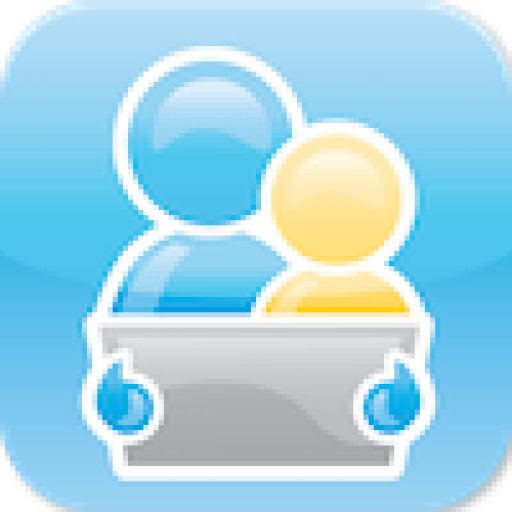
For conventional (and transitional) students, we need to make sure they can write words which aren’t phonetically predictable – and that they can read and write high frequency words more or less instantly. The word wall activities we do in the working with words block are aimed at converting high frequency words and word family words into sight words – and teaching students the skills to work with these words. However, we also need to teach them how they can use the word wall to support themselves in the writing block.
During any writing task, if a student wants to know how to spell a word, we NEVER, EVER, EVER, EVER write or spell it for them. (Did I mention we shouldn’t ever tell them how to spell it?). Instead, we focus on teaching students to use the resources available to them to support their writing. These resources are the word wall, their growing sight word vocabulary, and their developing phonemic awareness skills, which they can use to write down every sound they can hear in a word.
So – if a student asks me how to spell “what” I quickly look at their word wall, and if it is there, then I say “it’s on your word wall. Can you find it?”. If they are struggling to find it I will give them cues like the beginning letter, number of letters, or the colour of the background to help them find it. I don’t go over and point it out to them – because I want them to become independent in their word wall use. And also because every single time they:
- locate a word;
- discriminate it from the other words on the word wall;
- then write it;
It helps them to convert the word to a sight word.
If a student wants to write the word “man”, once again we don’t spell it for them. We check their word wall and if there is a word up there from the word family -an then we tell them “there’s a magic word under the letter c that can help you spell man. Can you see it?”.

Magic words always have a star on them as a cue that these are words a student can use to spell other words.
If a student wants to write the word “elephant” and it isn’t on the word wall we encourage them to write down every sound they can hear. This will help them to develop their phonemic awareness. If we spell the word for them that only teaches them to come to us for help – which isn’t a very transferable skill as we are not with them all the time!
When using the word wall in writing (or at any other time) we never remove the words from the wall. There is a very obvious reason for this – I was in a classroom last year where a student had removed the word “the” so that he could copy it into his book and another student was then very annoyed because they also needed to use the word “the”.
Despite this obvious reason for not removing words from the word wall, I find students (and staff) often want to do so. The biggest reason I am given is because it is “easier”. Sometimes it is easier because a student is struggling to see the words on the word wall because of their position in the classroom or their vision. In this situation the student should have a portable word wall instead.

The other reason we call it easier, is because it is, in fact, often easier for a student to put the word on the table in front of them and then copy it. But we need to realise that while this might be easier, in encouraging a student to do this you have lost some valuable learning opportunities.
As an example, a student wants to write “birthday”. They find it on the word wall and then type the first two letters. They then have to look up at the word wall again, find it again and then type the next two letters and repeat the process. While this might seem laborious, it is important to remember that every time a student finds a word on the wall, discriminates it from other words and then writes it, it moves closer to becoming an automatic sight word for them. So if a student needs to find birthday four times while writing it, they have had four opportunities to learn about the word – its length, its shape, the letters in it, how it differs from other words starting with b, etc. Each of those four opportunities is a great learning moment – and after they have written it several times that way they start to be able to write the word with less and less support.
So – make sure that your word walls are available whenever students are writing – and help them to use them to improve their writing in the long term.

